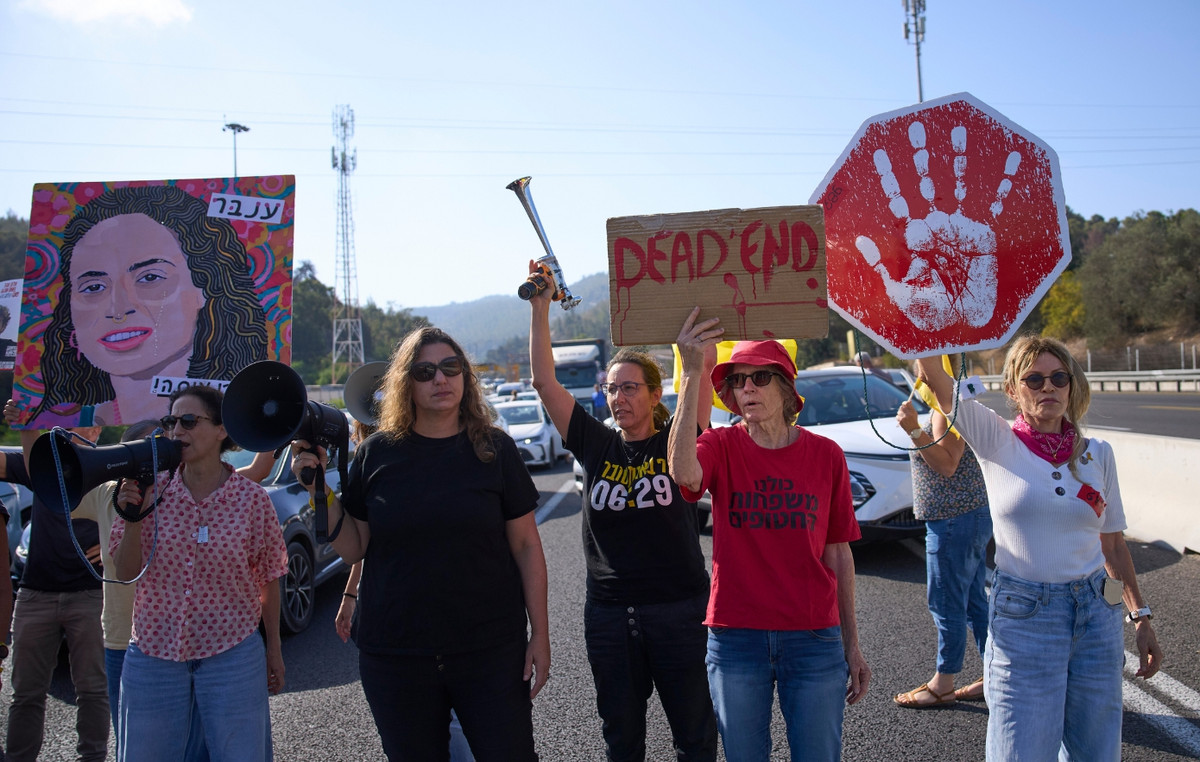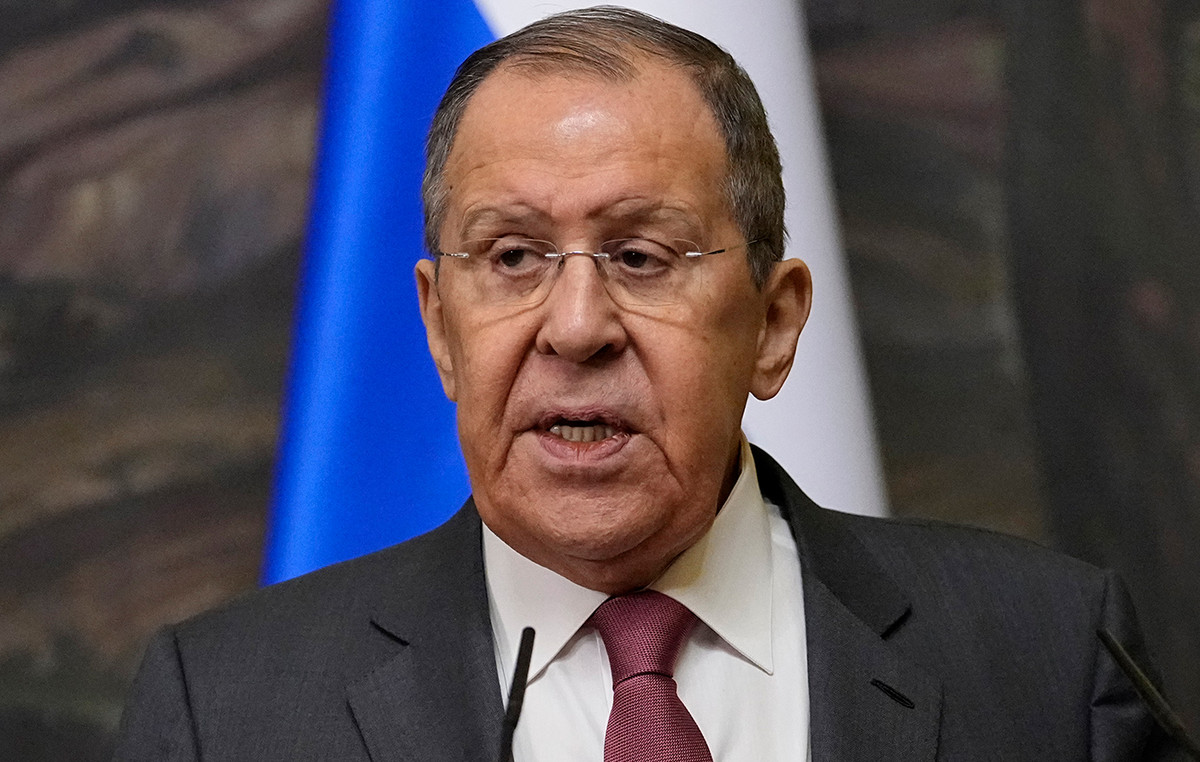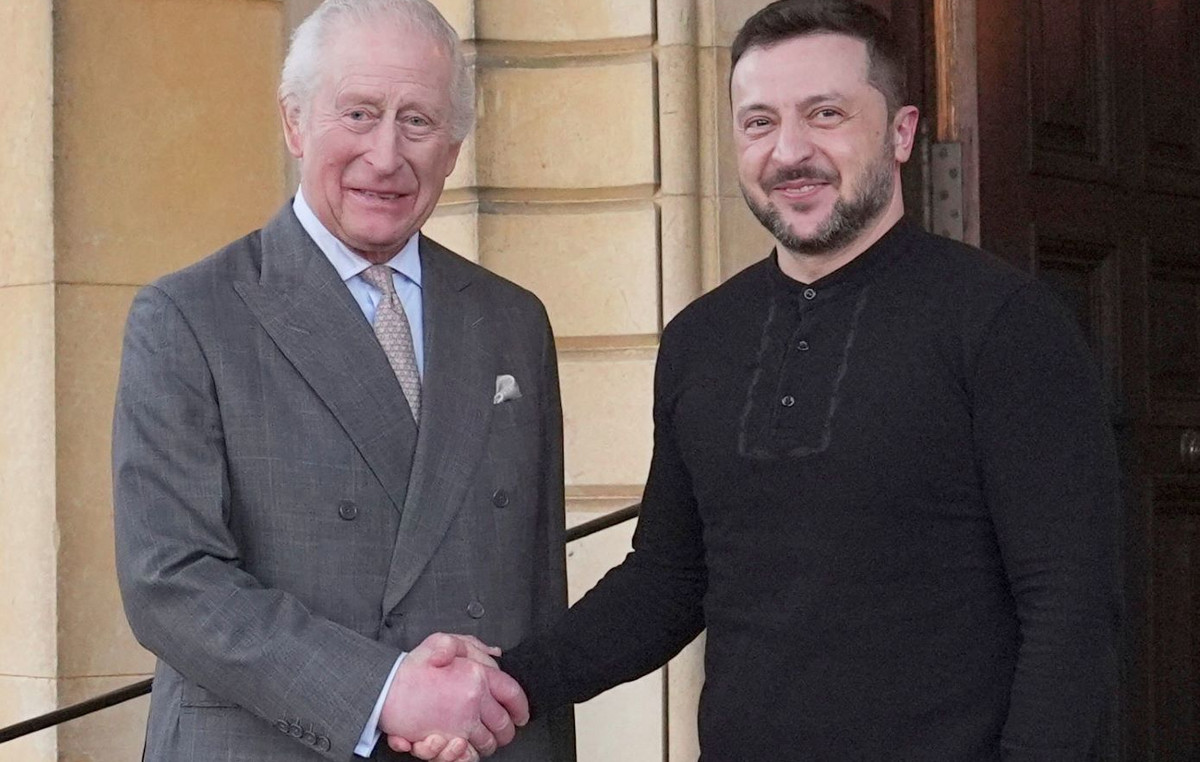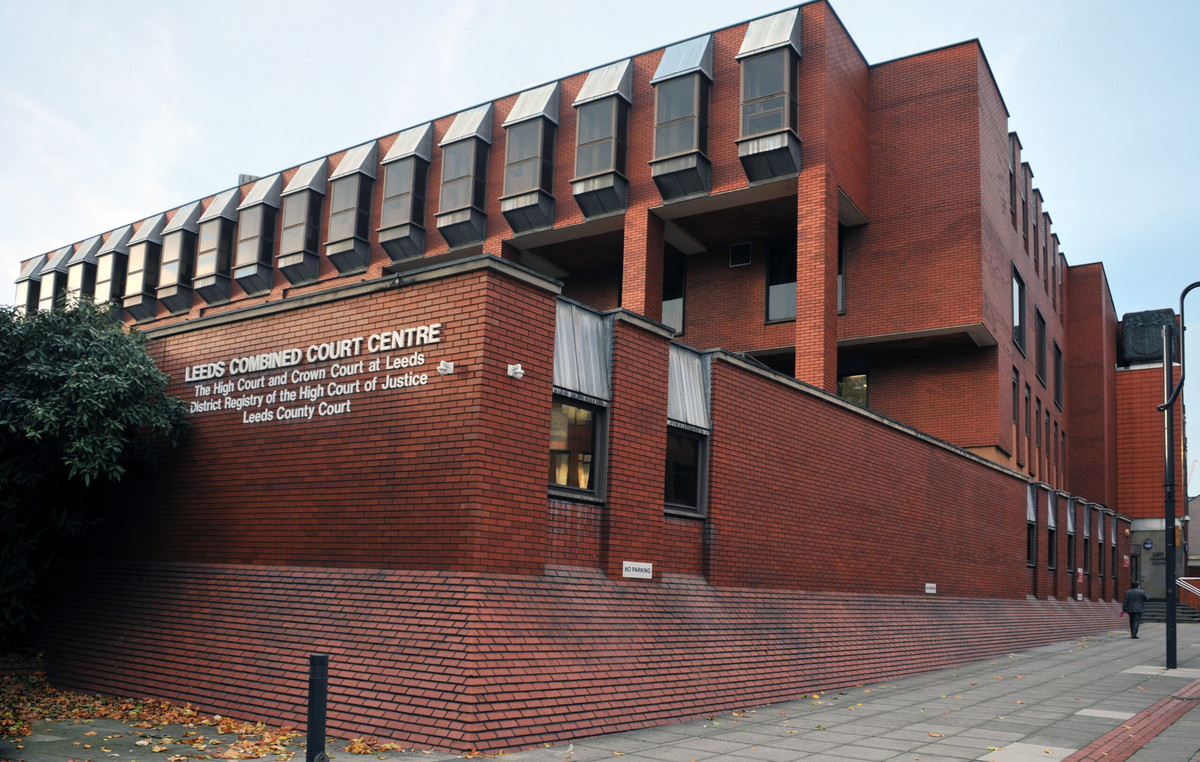In this Pink October breast cancer awareness month, a survey reveals that the number of mammograms performed by health plan users fell by 10.6% in the country between 2016 and 2021.
The data were released this Friday (7) by the Institute of Supplementary Health Studies (Iess).
The survey based on data from the National Supplementary Health Agency (ANS) shows that, in 2016, Brazil had 5,120,133 mammograms by health plans. In 2017, this number dropped to 5,080,622 (-1.9% of annual variation), with a further reduction in 2018, when there were 4,999,935 (-0.4%).
After this period, exams increased by 1.8% and reached 5,089,151 in 2019, but suffered a sharp drop in 2020 due to the Covid-19 pandemic, with 3,647,957 (-28.3%).
The executive superintendent of Iess, José Cechin, highlights that, with the improvement of the indicators of the pandemic, the number of mammograms grew again and reached 4,575,624 in 2021, an increase of 25.4% compared to the previous year.
“But it is important to remember that the volume is still below the one registered in 2016”, highlights Cechin.
The executive superintendent explains that mammography is the most efficient test for early detection of breast cancer. The Iess survey warns that the reduction of the test in five years generates a warning.
According to the National Cancer Institute (Inca), among the types of cancer, breast cancer is the main cause of death among women in Brazil and the most incident among the female public. For the triennium between 2020 and 2022, the institution projects the identification of 66,280 new patients with this type of tumor.
The Ministry of Health recommends mammography especially for the priority public between 50 and 59 years old, who must undergo the exam every two years. In this age group, the number also dropped between 2016 and 2021, with a rate of -8.7% or less 200,000 mammograms.
In 2021, of the 4.5 million exams registered among health plan users, 2.1 million were in the group between 50 and 69 years old.
If the number of mammograms showed a downward trend, consultations with the mastologist, the professional who requests the exam, went up. Last year, there were 1.14 million, an increase of 4.9% compared to 2016.
Hospitalizations related to breast cancer also increased in the period, with an increase of 1.9%, reaching 37,100 in 2021. The growth rate of surgical treatment for breast cancer was 8.4% in five years , with 17,300 surgeries last year.
The Iess survey was released in the midst of October Rosa, an international awareness-raising movement created in the 1990s.
The Inca highlights that the main signs and symptoms of breast cancer are “lump (nodule), usually hardened, fixed and painless; reddened or orange-peel-like breast skin, changes in the nipple (nipple) and spontaneous outflow of fluid from one of the nipples. Small lumps may also appear on the neck or in the area under the arms (armpits)”.
In these cases, women should see a doctor for examination and follow-up.
Source: CNN Brasil
I am an experienced journalist and writer with a career in the news industry. My focus is on covering Top News stories for World Stock Market, where I provide comprehensive analysis and commentary on markets around the world. I have expertise in writing both long-form articles and shorter pieces that deliver timely, relevant updates to readers.







